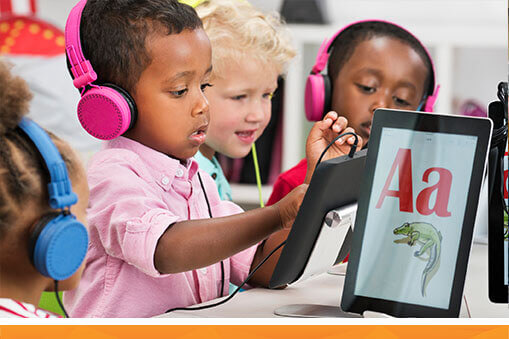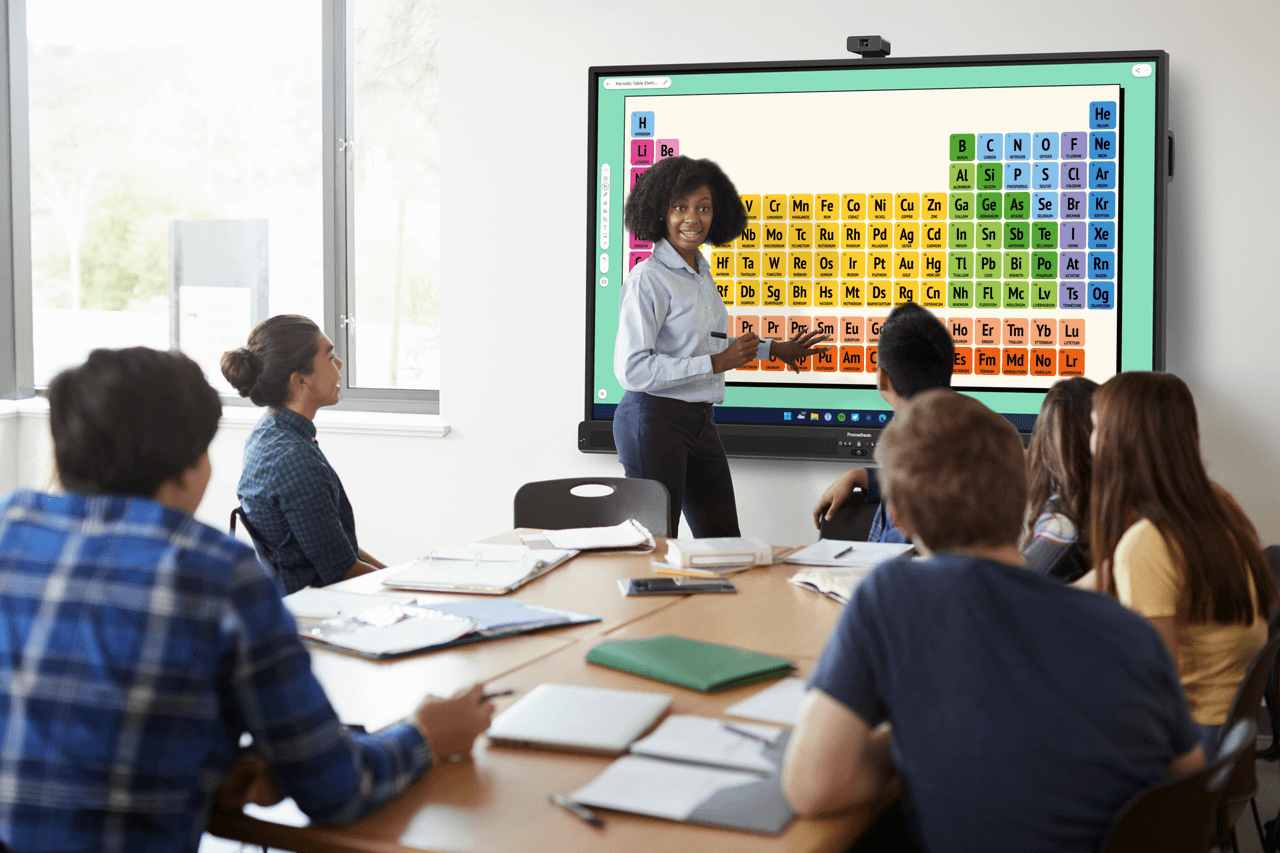Published on April 27th, 2021
The rise of MLearning: Approaches and strategies
5 minute read

The future of education continues to show us how we can build on traditional approaches to better prepare students for life beyond the classroom. Mobile learning, or mLearning, is an approach that has helped further expand educators’ toolkits and is a great complement to proven education technology such as interactive displays. With mLearning, a student receives his or her lesson through a mobile device, like a smartphone or tablet.
The great things about this learning technique are that it can be done anytime, anywhere and there are a number of informational and product resources available to support it. This style of education gives students a level of flexibility to suit their preferred learning style and can help to ensure remote access to education even amidst the most disruptive events like the COVID-19 pandemic. It continues to gain traction. In fact, the global mobile learning market is expected to reach $80.1 billion by 2027. While mobile devices have been ubiquitous, finding the best way to integrate mLearning in education can be a journey. Make the most of mobile technology in your classroom with strategies designed to help students shine!
Make it Immersive
mLearning provides a great opportunity to leverage different immersive teaching techniques that are unique to mobile to enforce important concepts. mLearning can unlock doors for types of engagement that are harder to recreate in other learning environments. For example:
- AR/VR through mLearning can bring abstract concepts to life, such as chemistry molecule models. This mobile tech can also take students on an adventure like virtual scuba diving to showcase marine biology underwater. This helps teachers unlock an array of learning techniques to support individualized learning. Those that benefit from experiential lessons are a great fit for this.
- Gamified learning is especially accessible with mLearning. This student-centered mobile format gives students control of their learning experience and lends the flexibility to jump into this type of learning anytime, anywhere. Gamification also provides the kind of motivation that only things like points and rewards can.
- There are many lesson apps available for student learning that are designed specifically for mobile screens, like the alphabet or math apps. Combined with other immersive teaching techniques, there is a variety for students to choose from, which can help with sustained engagement.
To ensure that mLearning initiatives are successful, it’s important to work with education IT leaders to make sure any new mLearning approach is phased in properly so that it’s an enjoyable and functional experience for everyone involved.
Let Mobile Do The Lecturing
With mLearning, teachers have the option to lean on the on-demand format for things like lectures, and rework time together in a classroom for deeper collaboration. This is especially relevant for flipped learning environments. Teachers can use the time after mLearning sessions to focus on the more dynamic methods of teaching, including individual sessions or one-on-ones to go through educational content and clarify concepts.
If mLearning is used heavily for lecture and lesson delivery, the time in the classroom can also be used to focus on project-based learning (PBL), another area where teachers would be afforded more time for thoughtful guidance. This is great for pushing creativity and collaboration.
mLearning’s Return on Investment
mLearning can be a big investment. In addition to supplying devices for each student, there is the time needed to train everyone on proper use, not to mention implementing the right technical architecture to make sure any mLearning environment is secure, safe, and accessible. This investment can be worthwhile. As part of the complete EdTech solution including panels and strong professional development resources, mLearning allows for in-classroom time to be more productive and meaningful. It frees up teacher resources to use in-classroom time for the parts of learning that can’t be substituted by anything else.




